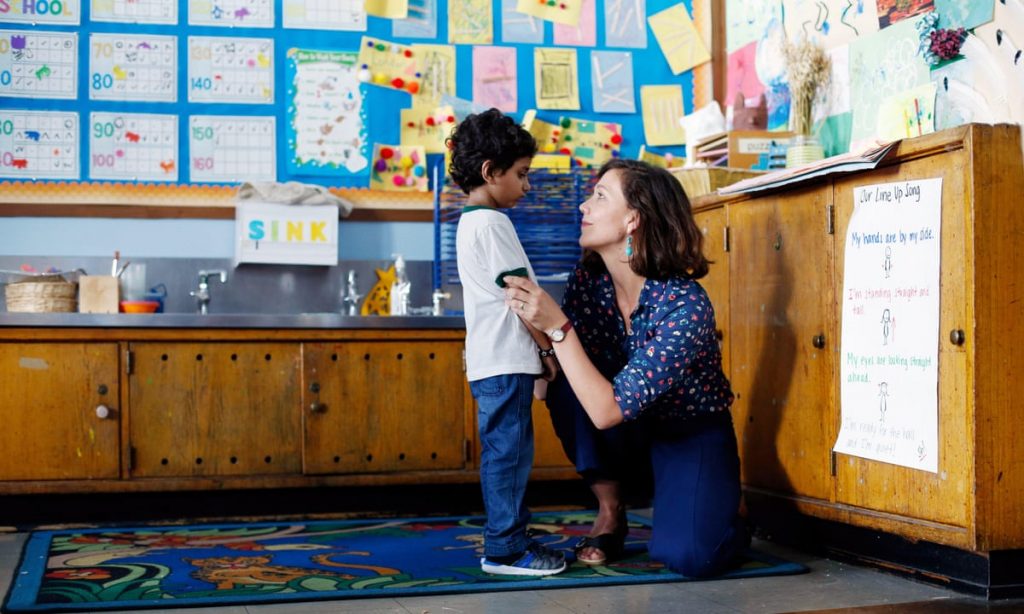Teacher Shortage Forced PreK Teacher To Run Two Classrooms At Once
Preschool teacher Michelle Cardenas was forced to run back and forth between two classrooms for the majority of the last school year as the teacher shortage played its toll on the district in which she teaches.
The teacher shortage has been a continuous issue for public schools. While more educators leave current positions to homeschool their own children, seek positions at private schools, form their own microschools, or leave the profession altogether, vacant teaching positions have become more common. This has led some teachers to be forced to teach more than one class at a time.
Last year the teacher shortage became such a cause of concern in the Del Valle ISD district of Austin, Texas that some teachers are pulling double-duty. This was the case for preschool educator Michelle Cardenas. She became overloaded as she was forced to teach two classes to make up for vacant teaching positions at Hillcrest Elementary School.
While the situation was not as difficult as instructing older levels of study, instead of just combining the two classes, her district expected her to move between two rooms in order to oversee thirty 4 and 5-year-old students. This was a direct result of the teacher shortage. Thankfully each preschool class in the area held just 15 students, but the expectation of having to move from class to class created unnecessary stress that Cardenas was not prepared for despite having worked in the profession for around two decades.
While educators in some states are accustomed to teaching between 30 and 40 students at a time, this was a new experience for Cardenas. In addition, she was forced to rely on aides and video calls to properly instruct both classes. It is well known that each district is handling the teacher shortage differently, but she was not allowed to combine classes because the district does not allow more than 22 students to be instructed at a time.
This seasoned educator’s fear is that as classes continue to grow, she will not be able to properly do her job. Not only is the teacher shortage affecting her profession but also the changing culture. She is a bilingual teacher and demand has grown as the border crisis brings in more Spanish-speaking students.
Whether any of the children at her school are undocumented students is unknown. But Governor Abbot has campaigned to overturn a law that allows illegal immigrant children from being given a “free” taxpayer-funded education because it is over-taxing the system and stretching educators beyond their limits in an already pressing teacher shortage. Regardless, Cardenas is now serving a single class of 18 students.
If more area teachers leave the district, and she has to take on another class, Cardenas will likely be instructing an even larger number of children. She has already expressed her inability to do so. Over working those who remain in the profession is creating a self-perpetuating cycle leading to further teacher shortages and educator dissatisfaction.

Expecting teachers to run two separate classrooms is unsustainable. Increasing classroom capacity limits, and switching to 4-day school weeks have provided much more tangible long-term solutions. How the city of Austin and its schools continue to cope with the situation is based on their specific needs and focus, and it is educators who bear the brunt of modern burdens.



